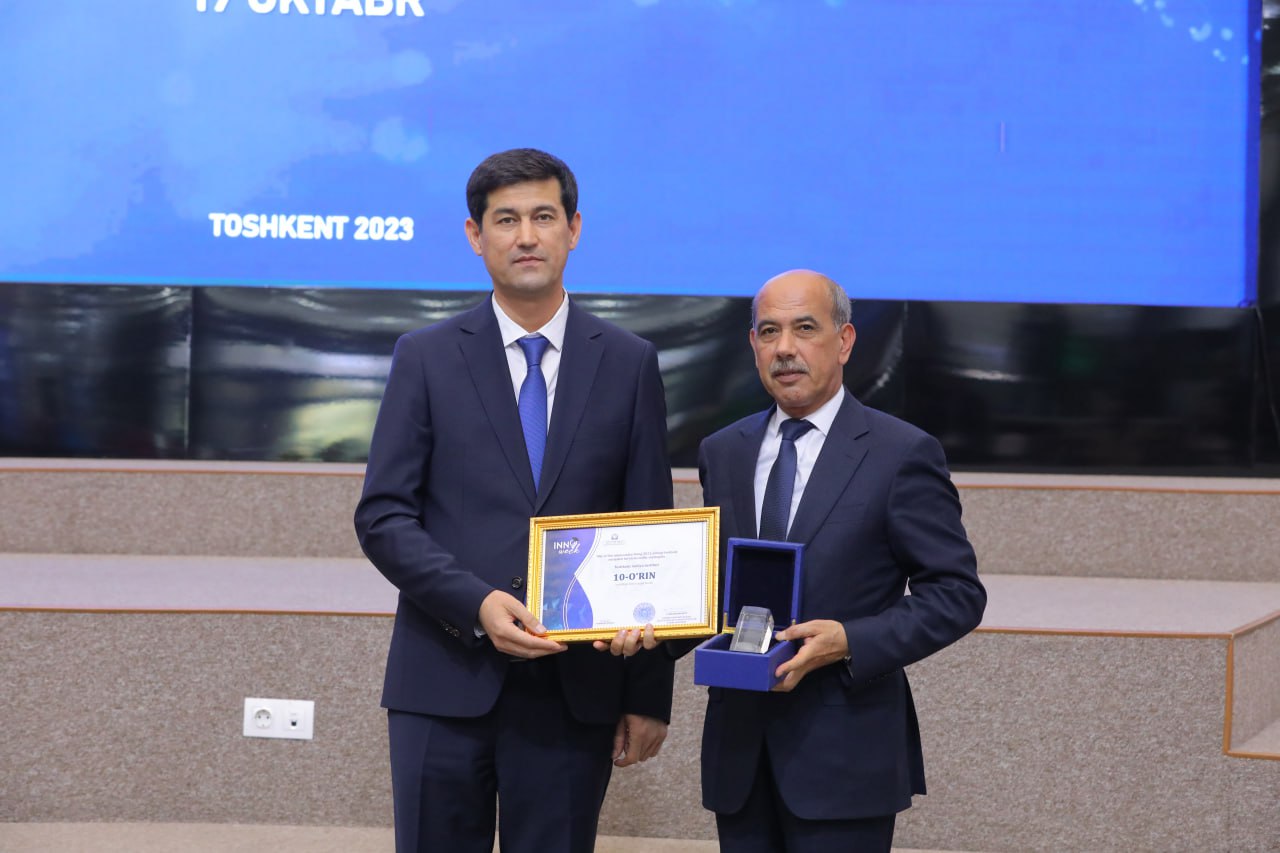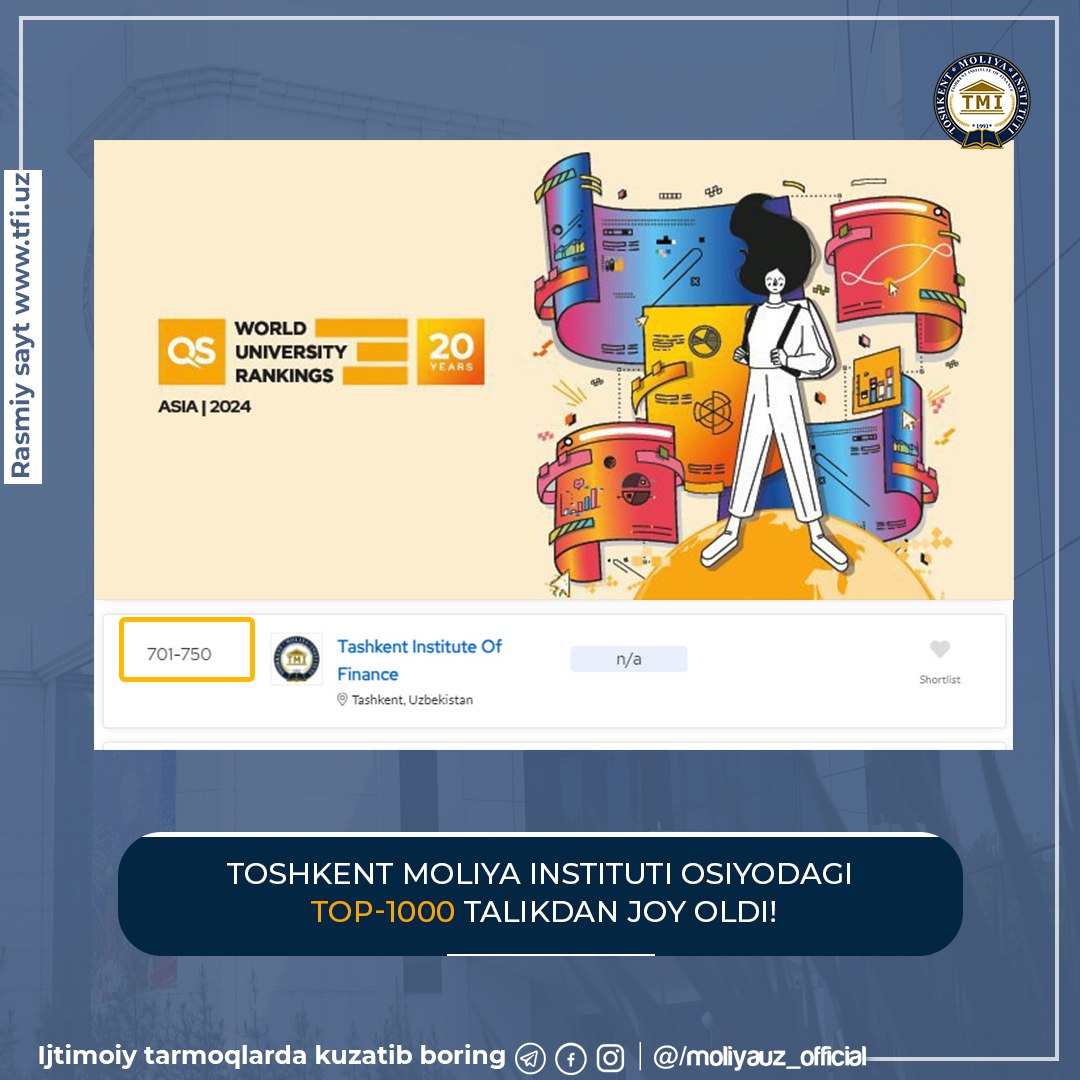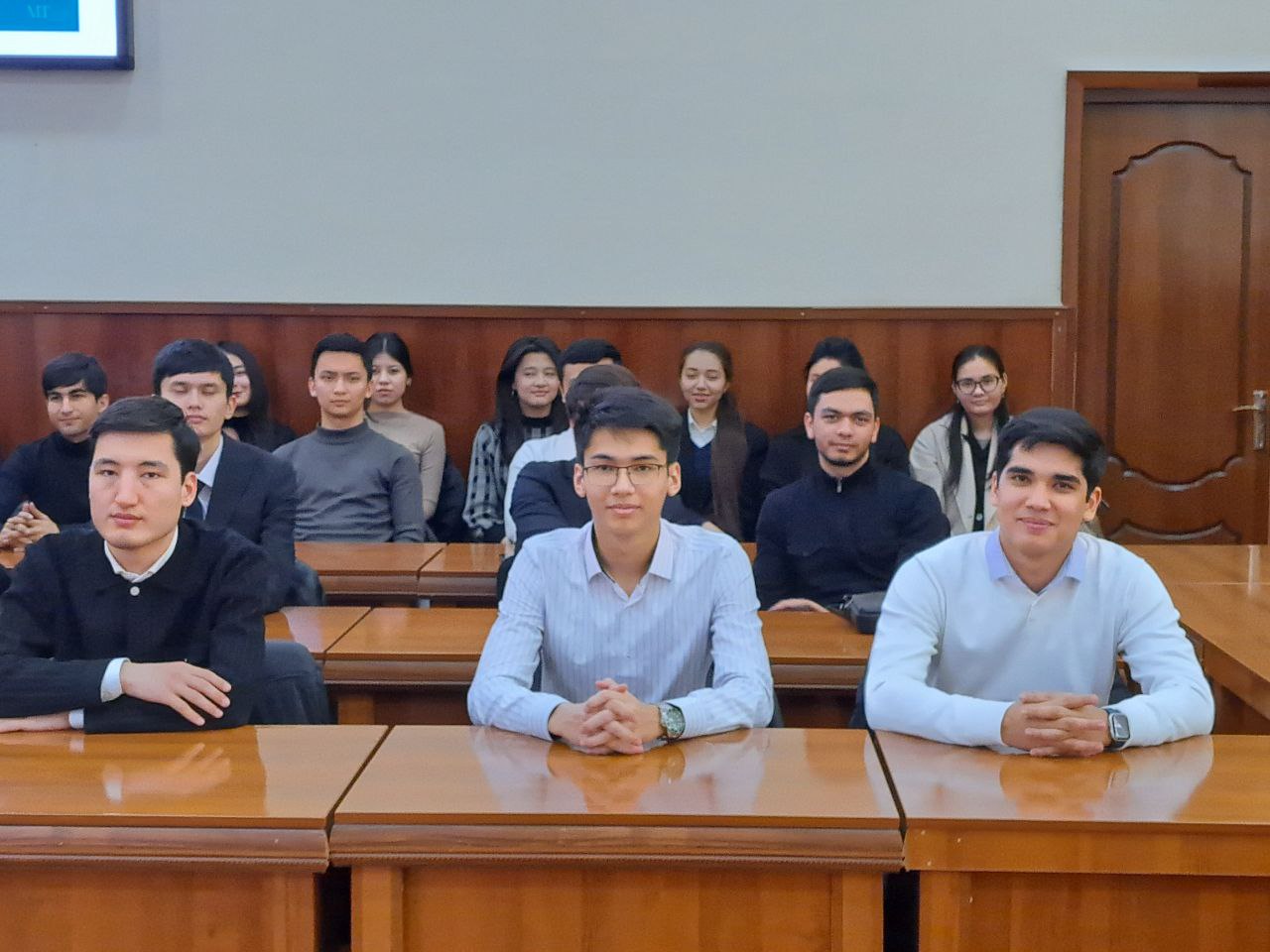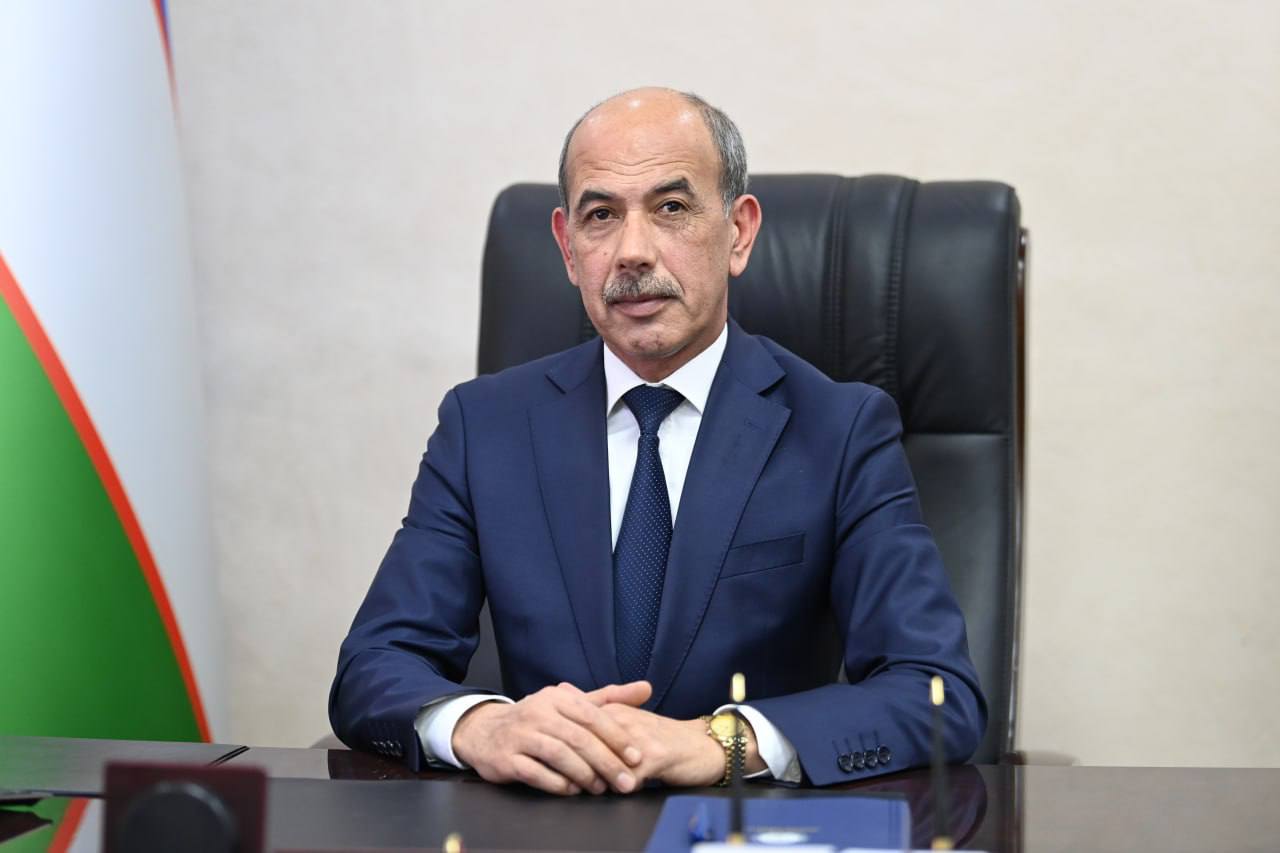
There are regulatory and legal documents that regulate the activities of the Information Resource Center (hereinafter referred to as ARM) of the Tashkent institute of Finance (job instructions for the employees of the Information Resource Center, the work plan for the 2023-2024 academic year and the Regulation regulating the activities of the ARM (approved in 2022) and Tashkent institute of Finance are working on the Roadmap for further improvement of the Information Resource Center.
As of January 13, 2024, the ARM general fund of the institute consists of a total of 203,266 copies of literature in 9,350 titles, of which:
181,103 copies of educational literature
1,376 copies of scientific literature
7,664 copies of fiction
7,747 copies of foreign literature
5,291 copies of other literature
8,112 copies of electronic literature is organizing.
There are 5 departments in the ARM, and a total of 35 employees work in these departments.
IRBIS64 (integrated extensible library information system) is an electronic catalog and an automated system of the information-resource center, which covers all links of the library's activities, from devices and equipment working on the basis of RFID technology in order to automate and improve the operation of the information-resource center of the Tashkent Financial Institute. Works with all devices based on RFID technology.
The Information Resource Center of the Tashkent Financial Institute is connected to the Internet and the Internet speed is 300 Mbit/s. WI-FI devices connected to the Internet are installed in the "Finance", "Marifat" and "Foreign Literature" study halls of the center and use 48580 kVt and consume electricity.
Readers are registered in ARM on the basis of a single reader's certificate (ID card). More than 10,301 readers use ARM today. Therefore, entrance corridors to the Information Resource Center have been established for students with visual impairments, and there are 86 copies of audio textbooks prepared by professors of the institute, as well as posters with state symbols in Braille.
Through the official website of the ARM Institute (http://el.tfi.uz/)
E-library electronic library, in addition, https://catalog.unicat.uz/
The UNICAT program is a part of the National Library of the Republic of
Uzbekistan named after Alisher Navoi.
using the catalog center and the Ministry of Higher Education, Science and Innovation https://unilibrary.uz/ Unilibrary (Uniform Electronic Library Information System of Higher Education Institutions) program, constantly enters bibliographic records into this program base.
In addition, large-scale work is being carried out to regularly enrich the fund of the Information Resource Center.
Kyungdon University of South Korea (ranked in the QS THE international rating of HEIs) from this link of professors and teachers regarding the current development trends of the Korean financial system and economy, as well as foreign experiences in the use of modern technologies https://global.kduniv.ac.kr/int absiahmed@ kduniver.ac.kr is accessible.
Also, in order to devote more time to cultural and educational activities with readers, the activities of the world's largest libraries and the National Library of the Republic of Uzbekistan and other information library centers are being introduced through the websites.
Including:
· Fundamental Library of the Academy of Sciences of the Republic of Uzbekistan http://fban.uzhttp://natlib.uz,
Library of the National University of Uzbekistan https://library.nuu.uz/,
Turon Information-Library Center https://turon.natlib. en/,
US Library of Congress (Washington) https://www.loc.gov,
British Library (London) https://www.bl.uk/,
France https://www.bnf.fr/fr, Austria https ://www.onb.ac.at/,
Sweden https://www.kb.se/,
National Library of Russia https://nlr.ru/,
Kazan Federal University N. I. Lobachevsky Library https://(kpfu.ru)
· National Library of the Republic of Tatarstan https://kitabhane.tataristan.ru can be cited as an example.
In addition, the Information Resource Center has 6 classrooms with 447 seats and an area of 699.5 m2, which allow students to study in comfortable conditions. Professors, doctoral students and researchers can use Scopus, Web of Science, EBSCO and other international databases. created.



 Bookstore
Bookstore

 Support Centre for Minority Groups at Tashkent Institute of Finance
Support Centre for Minority Groups at Tashkent Institute of Finance

 A spiritual and educational event was held on the theme “Mahalla – a Place of National Values, a Center for Supporting Youth and Business”
A spiritual and educational event was held on the theme “Mahalla – a Place of National Values, a Center for Supporting Youth and Business”

 Tayinlov
Tayinlov